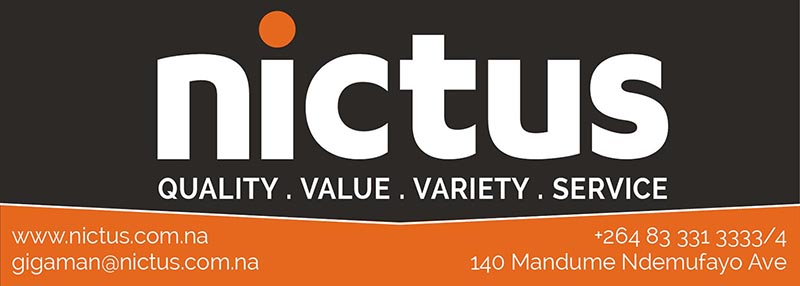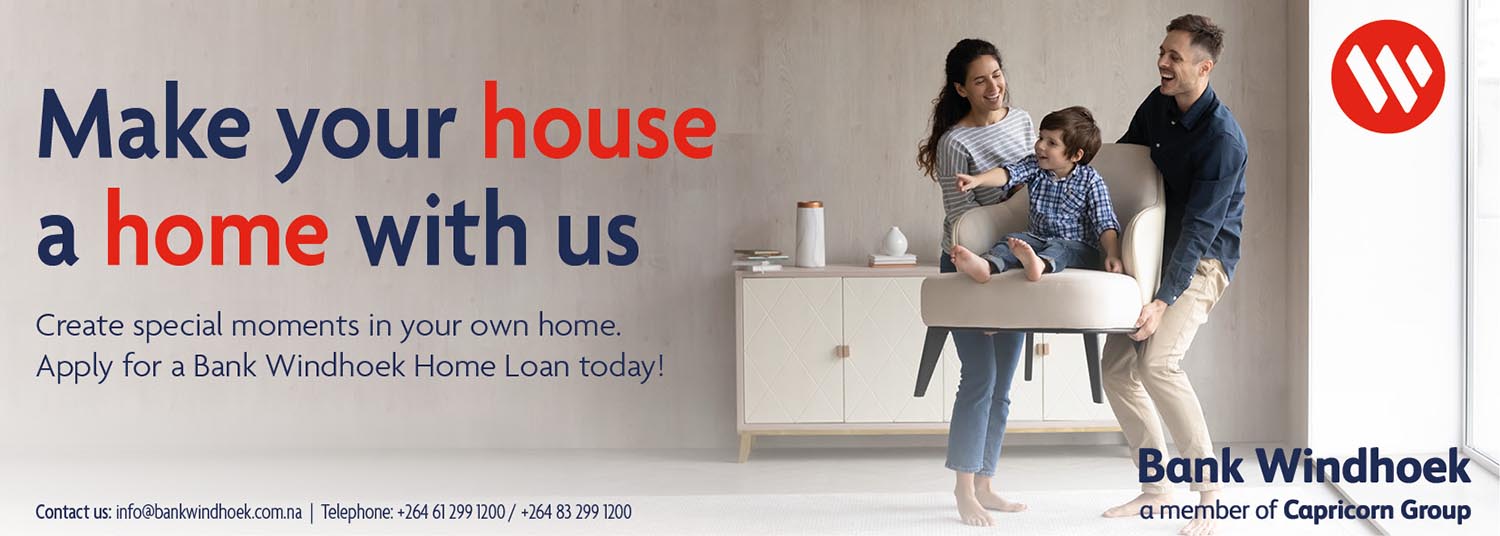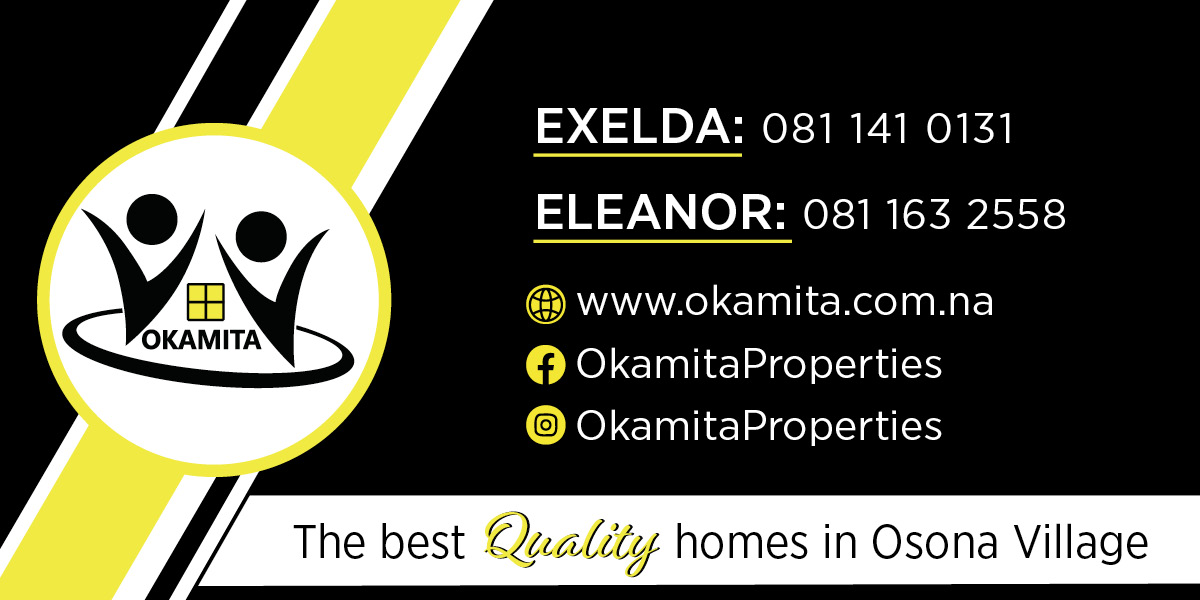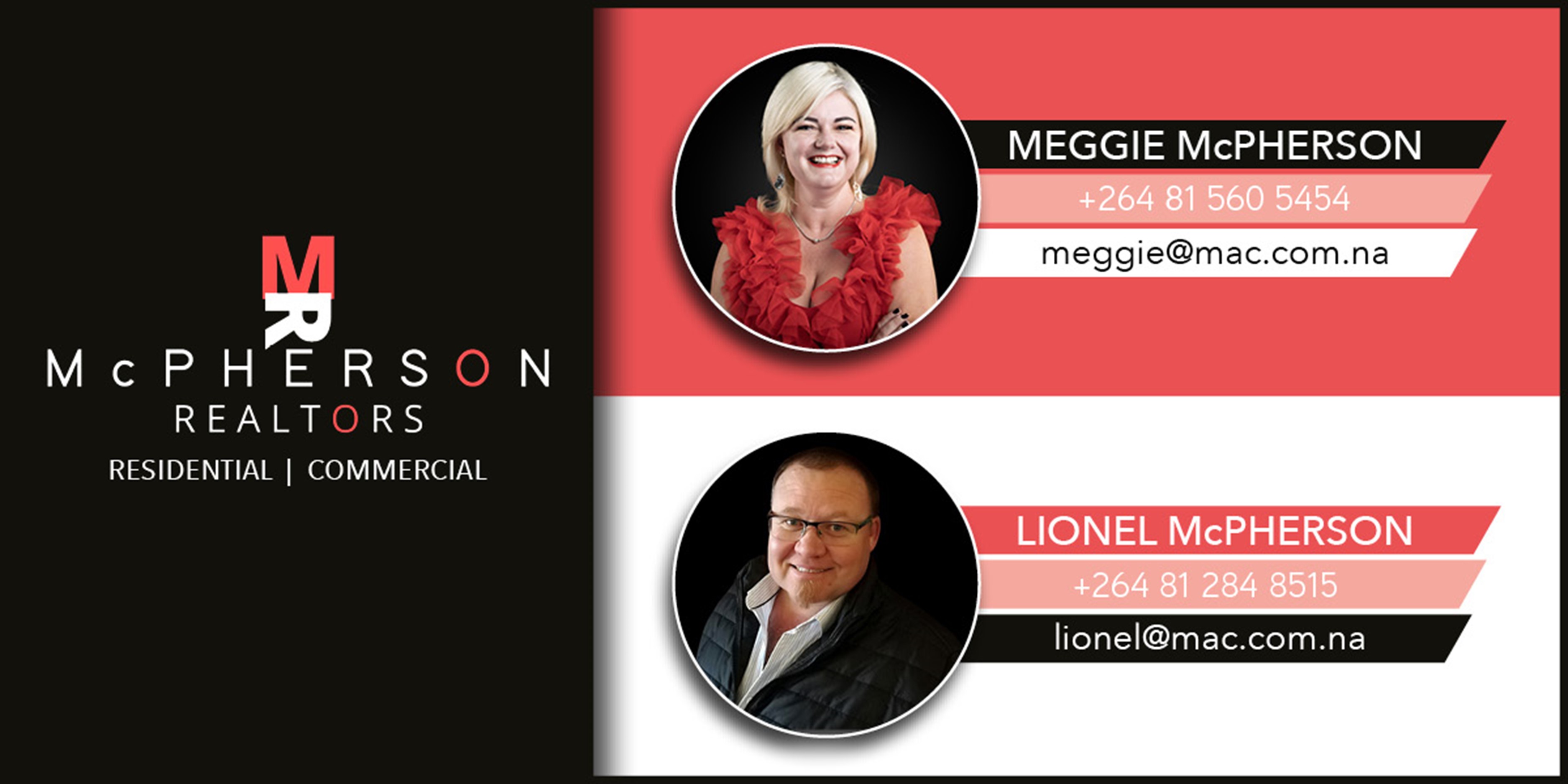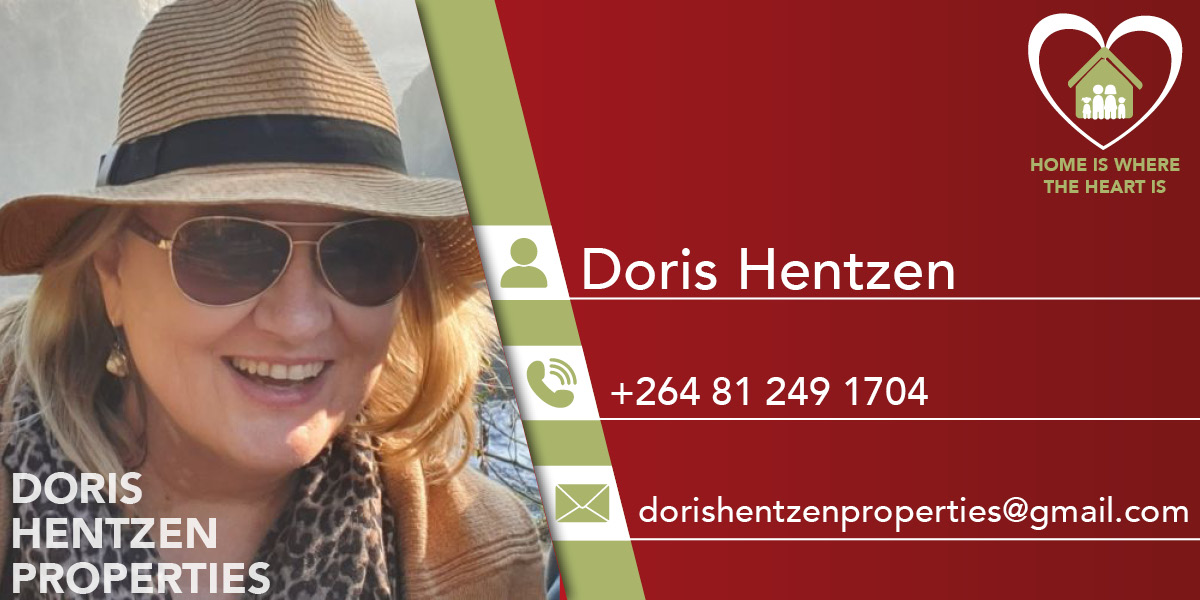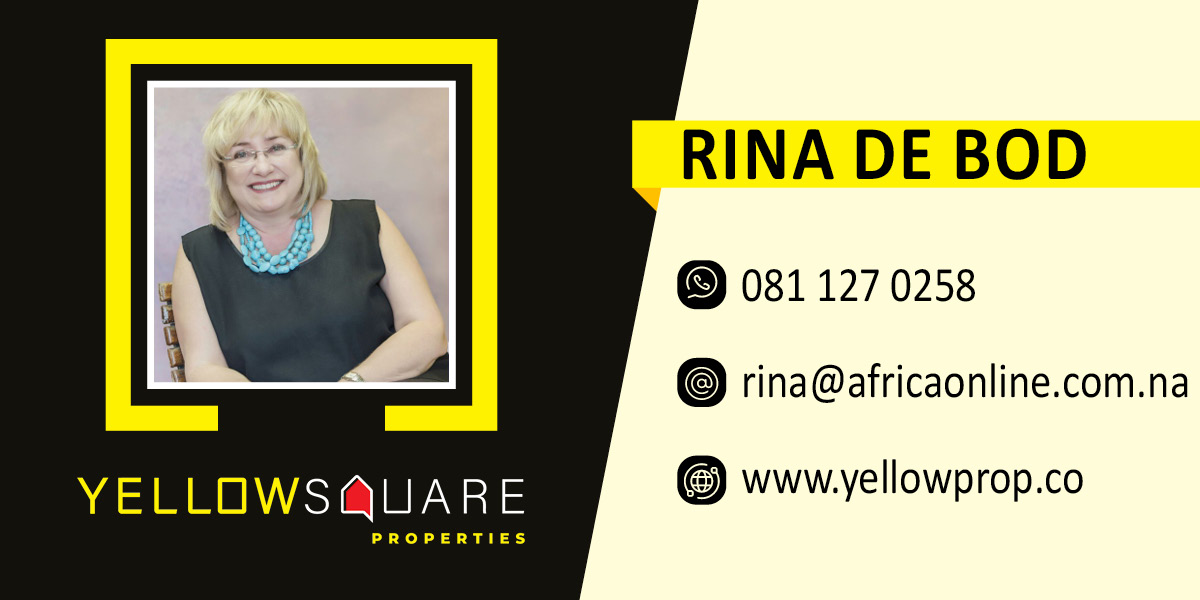Our Theme - Oct/Nov 2022
When curves and dreams collide
When curves and dreams collide
– a look at fluid architectureWhat a titillating theme: Embracing curves. But before we launch into thoughts of Marilyn Monroe or the Chippendales or whatever their modern versions are called, let’s sober up for a bit. What does Namibia’s leading property magazine have in common with curves?
Properties as we know them – stands, erven, houses, warehouses, office blocks – are, well, blockish. Linear, orderly, standardised, uniform. Measured in square metres. Did I hear you say boring? What if we could measure our properties in ellipses and swirls and curves? What if the properties were spruced up a little, given an ogee-form (now that sounds titillating, doesn’t it?) or designed just plain wacko from the start?
Perhaps this is what architects secretly dream of doing. Some come close. Google “Guggenheim Museum Bilbao” or “Some unusual structures of the world” and be amazed.
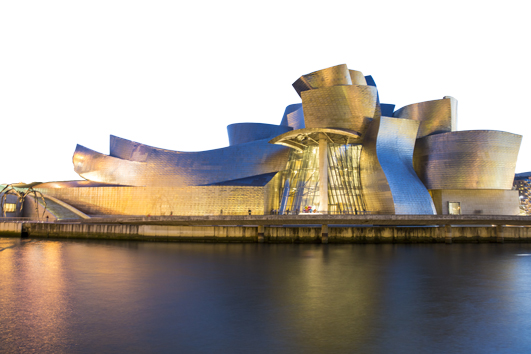
“While most architecture is rectilineal – all straight lines and squared angles – curves are often designed to soften a building's impact, help the structure meld into the surrounding landscape …” wrote Paul Best in Financial Review in September 2014. He also mentions that designing with curves is challenging, costly and complicated, but Sydney architect Tony Owen reckons parametric design enables him to design economic structures that change every millimetre, producing a curve. He coined the term “liquid architecture”. “The reason the human body and nature is curved is because it changes every millimetre, whereas the reason architecture is boxy is because it changes every metre."
A puzzling building dating from the late 1990s is the Guggenheim Museum Bilbao in Spain (above) with its swirling shapes of stone, glass and titanium. The exterior curves and dips are purposefully haphazard; the architect said that "the randomness of the curves are designed to catch the light".
And for local splendour, there is The Nest@Sossus in the Namib Tsaris Conservancy, superbly blending the idea of a social weaver’s nest and vernacular construction. The rounded roofs and walls (interior and out) beckon us in to stare and speak in hushed tones. This remarkable feat by South African artist Porky Hefer (https://www.archdaily.com/942024/the-nest-porky-hefer-design) took five years to grow organically from idea to finish.
A stunning combination of lines and curves can be found in Shanghai, China. The Ren Building replicates the Chinese character denoting “person”. The creation was visualised as two buildings blending together (one symbolic of mind and the other symbolic of the body.) It was designed by a Danish company to coincide with Shanghai’s 2010 World Expo. https://www.arch2o.com/ren-building-big-jds/
So what is the appeal of rounded shapes? Do all people feel aha! at the sight of curves (especially in construction)?Perhaps it is the combination of hard lines and graceful dips that is appealing. It all comes back to balance. When order and free-flow oppose ánd complement each other, it gives an onlooker a certain satisfaction.
Christine Stoman
To make sure we reach targeted readers audience, selective distribution is done throughout the month on a weekly basis. This ensures the availability of the magazine in strategic locations for readers to pick up for free and read.


